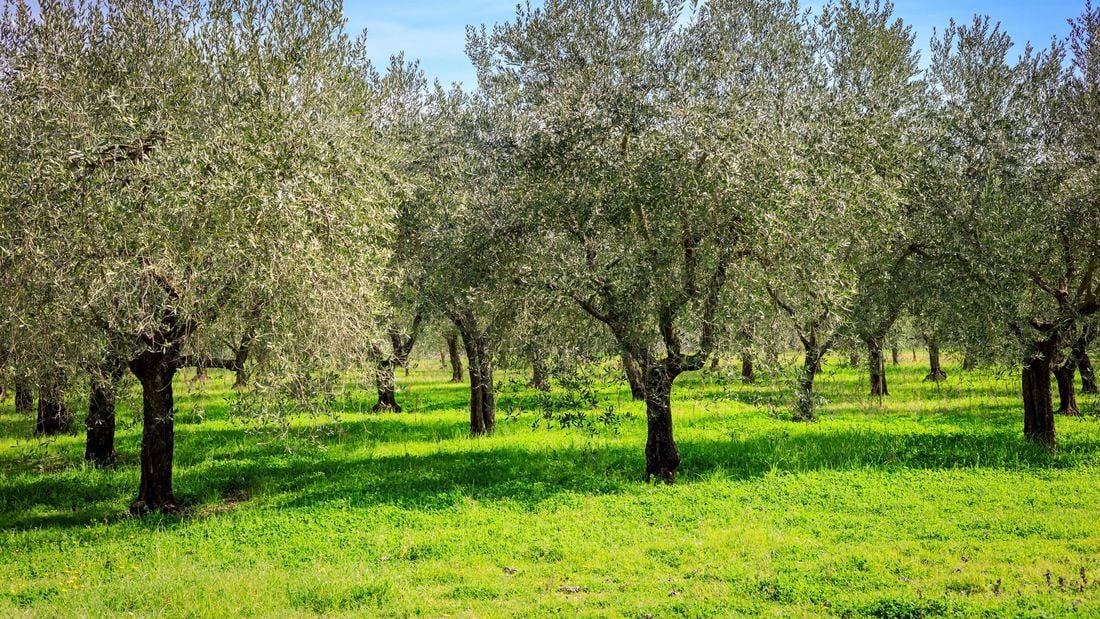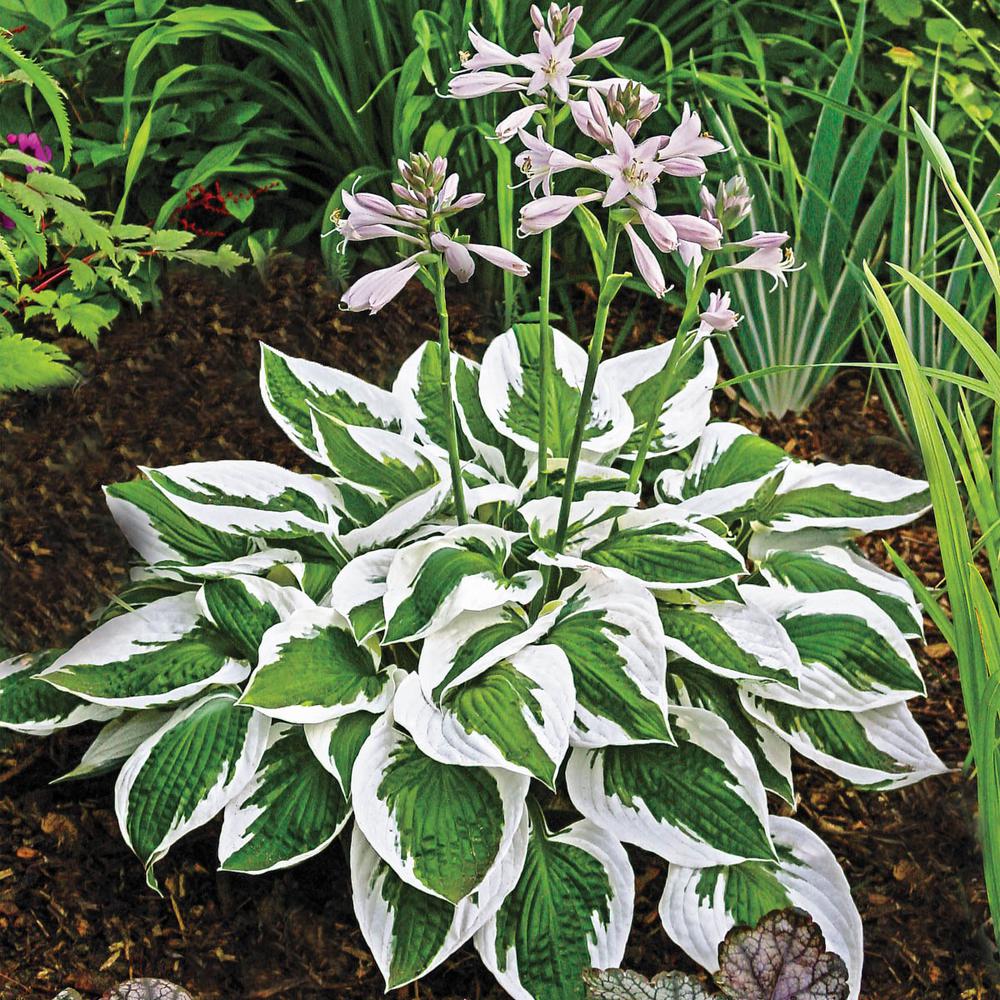Harvesting Rosemary Guide: When and How to Pick Fresh Herbs
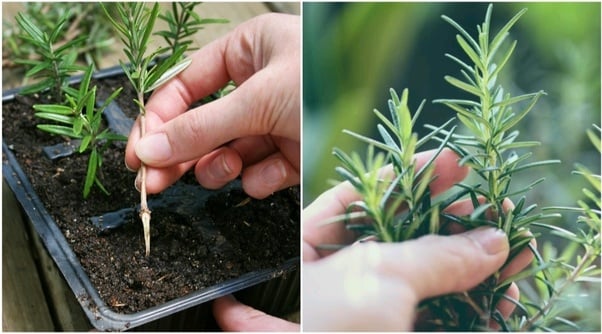
Table of Contents
Rosemary is an aromatic and spicy herb that can be easily grown in your kitchen garden. Growing rosemary can be a rewarding experience for herb enthusiasts and gardeners as it is a versatile ingredient that can be used in multiple ways.
It is used in many savory dishes to enhance their flavor and taste. Rosemary has multiple small, needle-like leaves that add beauty to your garden. The best thing is that you can use it fresh or dry and store it in an airtight container and use it for up to six months.
Rosemary is native to the Mediterranean region, so it grows best in warmer weather. Understanding the proper technique for harvesting rosemary is important to preserve its aroma. Harvest it in the spring or summer to enjoy a continuous supply of fresh leaves.
Do not overharvest, or else the rosemary will not get time to regenerate, and you won’tget its steady supply.
Tips and Tricks to Harvesting Rosemary
Here we present to you a few tips and tricks for harvesting rosemary in the correct way.
When Should You Harvest Rosemary

You can harvest rosemary throughout the year. But since they grow actively during the summer and spring, these are the best seasons to harvest. For daily use, you can harvest rosemary as soon as the plant gets established.
Take cuttings on a regular basis, as the more you harvest, the more they will grow. If the plants are large, you can even do weekly trimming to promote healthy growth. Weekly trimming can also control the size of the rosemary plants and prevent them from becoming leggy.
The best time of the day for harvesting rosemary is the morning as the plant is well-hydrated during this time from the overnight moisture making it easier to handle them. Collect the leaves before it gets too hot, as excessive heat can dry out the leaves and cause wilting. After harvesting, store the leaves in a cool and dry place to extend their lifespan and keep them fresh.
Perform the last harvest at least two weeks before the frost is expected. If you harvest rosemary plants in cold weather, it can adversely affect the plant. Rosemary plants grow at a slow rate during colder months, and if you harvest during this season, you will get fewer mature leaves. Waiting for warmer weather is a good idea as the plant will flourish and produce more foliage leading to a more abundant harvest.
How Should You Harvest Rosemary Leaves
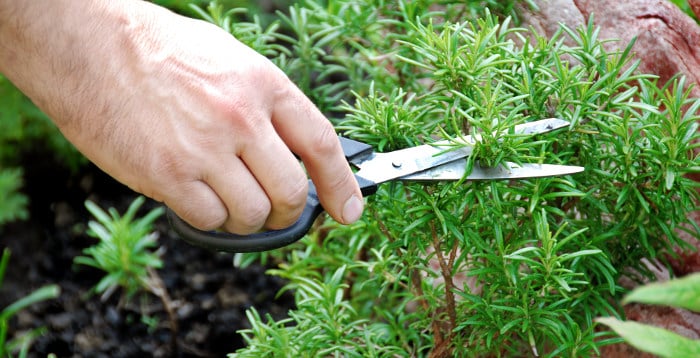
Harvesting rosemary is an easy and quick process. To harvest the leaves with the best aroma and flavor, choose mature branches with plenty of foliage. With one hand, hold the stem and use the other hand to slide your forefinger and thumb along the stem, gently stripping off the leaves. If you need a few leaves, pluck individual leaves from the stem.
You can start plucking from the top, ensuring that you do not damage the other leaves. Don’t remove more than one-third of the leaves from one plant. If you don’t leave enough foliage, the plant may die. If you want to dry the rosemary, wait until it begins to bloom before harvesting it. This is the time when the leaves contain the most flavor and oil.
Once you have harvested the rosemary leaves, remove excess debris or stems to preserve the freshness and flavor of the harvested leaves. Rinse the leaves with water and pat them dry with a clean towel. Store the harvested leaves in an airtight clean container.
How Often Should You Harvest Rosemary
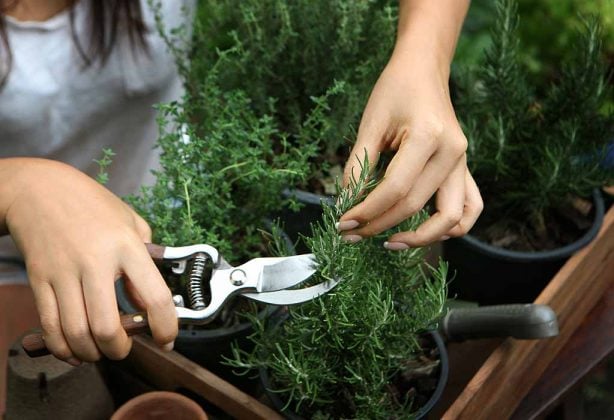
You can harvest rosemary throughout the growing season if they are well-established and mature. Wait until the rosemary plant is a year old before harvesting it.
If you have acquired the plant from the nursery, you can harvest it sooner than a plant grown from cuttings or seeds. You should avoid harvesting rosemary during winter. If you prune it during cold weather, the bush won’t harden off as its new growth will become too sensitive and tender to temperature.
If you have bush-type rosemary in your garden, you should harvest the branches in spring after they have bloomed to encourage new growth at the base. This will also help keep the rosemary plant looking healthy and full throughout the growing season.
How Much Should You Cut Rosemary Branches
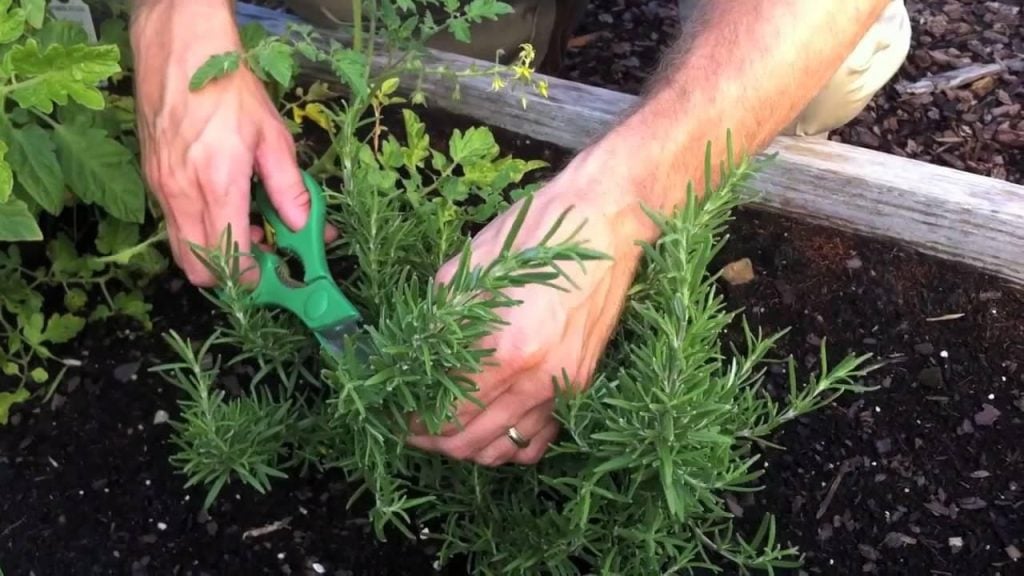
Cut every overgrown rosemary stem to ensure they are of the same length. But while doing this, you should ensure not to cut the woody part of the stem. While cutting rosemary branches, adopt a selective pruning approach.
Don’t cut large portions of the branches at once; instead, harvest individual branches. Harvest from multiple branches to ensure that the plant grows evenly. You can cut branches up to 50 percent. But don’t cut back into old wood, and ensure there are lots of leaves beneath your cut.
It is also not recommended to cut rosemary excessively hard as by doing this, you can put it under stress. This will also lead to an unattractive and uneven appearance of the rosemary plant. As rosemary is easy to grow from cuttings, you can replace older bushes with new aromatic herb plants if they are too big for their space or have grown out of control.
How to Store Rosemary
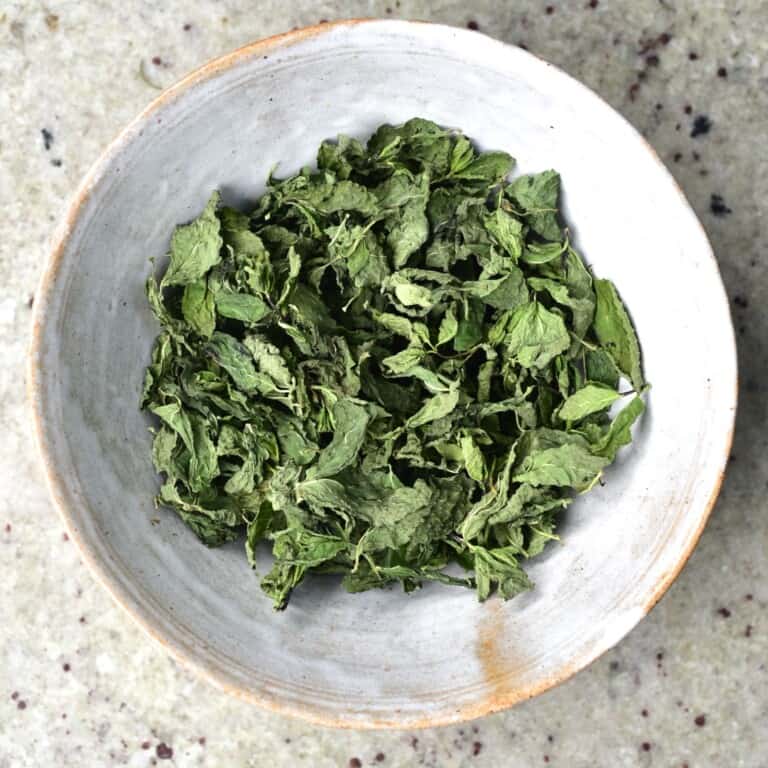
Whether you have harvested rosemary from your garden or have brought it fresh from your nearby grocery store, there are chances that you may not use them all in one meal. It is, therefore, essential to store them properly so that they can remain fresh for a long time. You can store rosemary in the refrigerator for up to two weeks. Dampen a paper towel and lay the rosemary side by side on top of it.
You can now wrap the rosemary in a paper towel and store it in an airtight container inside the fridge. Since rosemary is a hardy herb and can tolerate freezing temperatures, you can store it in the freezer in a freezer bag or an airtight container. You can use the frozen rosemary without defrosting. Simply remove the frozen leaves and add them to your recipes.
You can also use dried rosemary in your favorite savory dishes. Drying rosemary is an easy way to extend its shelf life. Tie the rosemary with a piece of twine and hang it in a warm, dry place. You can also dry it in an oven by setting the temperature to the lowest. Use a dehydrator to remove moisture from the rosemary.
What Parts of Rosemary Can Be Used
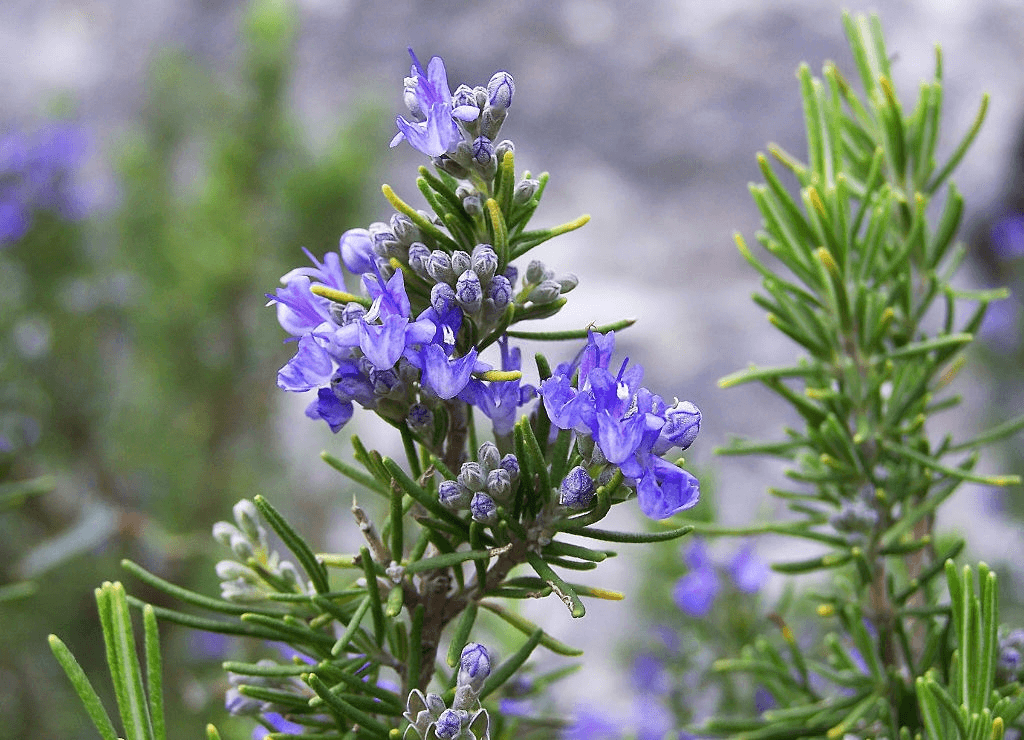
You can use the leaves, stems, and flowers of rosemary plants. Leaves can be used in soups, stews, meat, and soups in both dry or fresh form. You can also use rosemary leaves to enhance the flavor of peas, spinach, eggs, cheese, and tomatoes. Rosemary stems can be infused in syrups, vinegar, or oils. The stems can also be used as skewers for grilling. You just need to remove the leaves from the stem’s lower part.
Thread pieces of fruits, vegetables, or meat onto the woody stem. Now you can grill them to impart the aromatic flavor of rosemary into the food as it cooks. Toss rosemary stem on the coal to flavor barbeques just before the chicken or meat is finished. By using this technique, you can impart rosemary’s subtle flavor to the meat.
You can use rosemary flowers to enhance your dish’s visual appeal. Their purple flowers make an edible garnish for savory and sweet dishes. You just need to sprinkle the flowers over grilled meats, roasted vegetables or salads, or desserts like fruit tarts, muffins, and cakes. Rosemary flowers can also be used to infuse syrups, vinegar, or oils.
Fill a jar with rosemary flowers and pour in any liquid in which you want to impart the flavor of rosemary. Let the mixture sit for a few weeks so that the flavors infuse properly. Use the infused liquid in cocktails, dressings, and marinades or drizzle over your favorite dishes.
Different Rosemary Varieties
There are many rosemary varieties that you can grow in your herb garden. Let’s take a look at a few of the common ones:
1. Rosmarinus prostratus
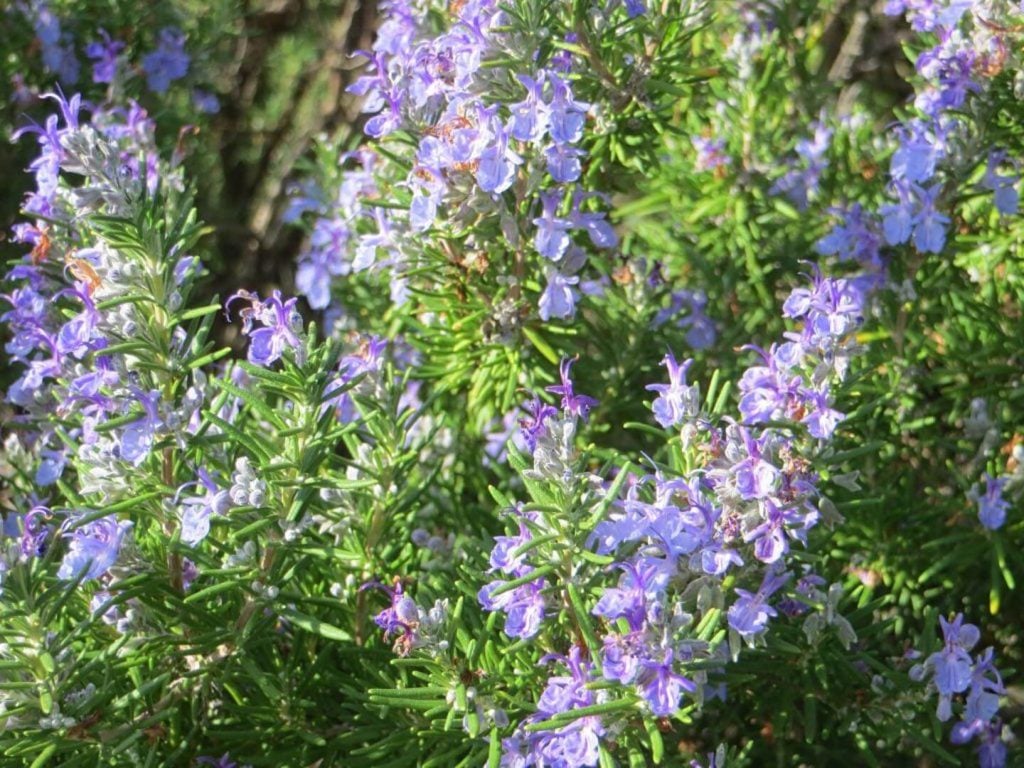
This is a low-spreading and growing evergreen shrub with aromatic, needle-like leaves and blue flowers. It grows up to one to two feet and is an excellent culinary herb. It is native to the Mediterranean region and can be easily grown in rock gardens, containers, or raised beds.
2. Tuscan Blue

Tuscan Blue rosemary is very fragrant and can be used in a wide variety of recipes. It grows well in well-drained soil and full sun and blooms in the winter. It can’t tolerate temperatures below 20 degrees Celsius. The color of the Tuscan Blue flowers can vary, ranging from shades of blue to pink to white.
3. Collingwood Ingram

Collingwood Ingram is grown for its edible qualities. It is a woody herb with lavender-blue flowers and deep green foliage. Their leaves are used for seasoning and cooking. Its relatively fine texture makes it stand out from other landscape plants.
4. Lockwood de Forest

This is a prostrate variety that spreads to 6-8 feet and grows 2 feet tall. It cascades over garden edges or walls. It thrives in different climates, from warm interior valleys to direct coastal conditions, and requires little water once it gets established.
Conclusion
Rosemary is an aromatic herb that can enhance the beauty of your kitchen garden and add enticing flavors to even bland dishes. It is easy to harvest and can be used in multiple ways.
By following the proper harvesting techniques, like using the appropriate tools and choosing the right time of day, you can maximize the fragrance and flavor of the leaves and get the maximum yield. Since it’s a cut-and-come-again crop type, the more you harvest, the more you’ll end up with.
So embark on the wonderful journey of harvesting rosemary now and enjoy its tons of benefits.
Frequently Asked Questions
How to Know When Rosemary is Ready to Pick?
Rosemary can be picked as soon as it gets established and put on new branches and tips. To know when it is ready to pick, you should look for flexible green stems emerging from the branches.
Is Rosemary a Perennial Herb?
Yes, rosemary is a perennial herb with beautiful blue flowers. With proper maintenance and care and regular protection from extremely cold temperatures, this wonderful plant can provide a steady supply of leaves and enhance the beauty of your garden for years to come.
When is It Not Recommended to Harvest Rosemary?
You should not harvest rosemary close to winter. Harvest at least two weeks before the first frost. This will give it ample time to grow back before winter arrives. Fuller, bigger rosemary bushes can survive winter better.



